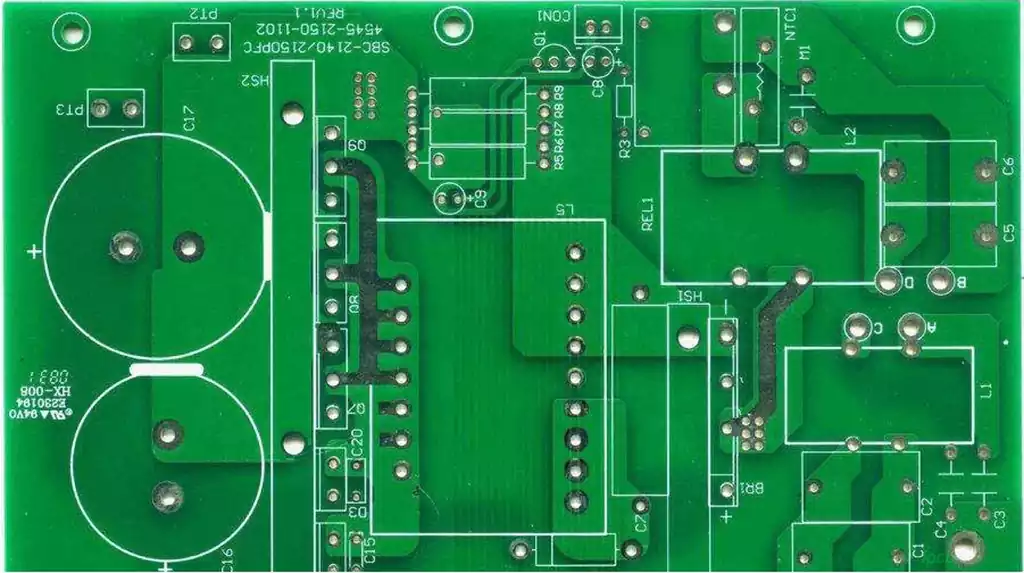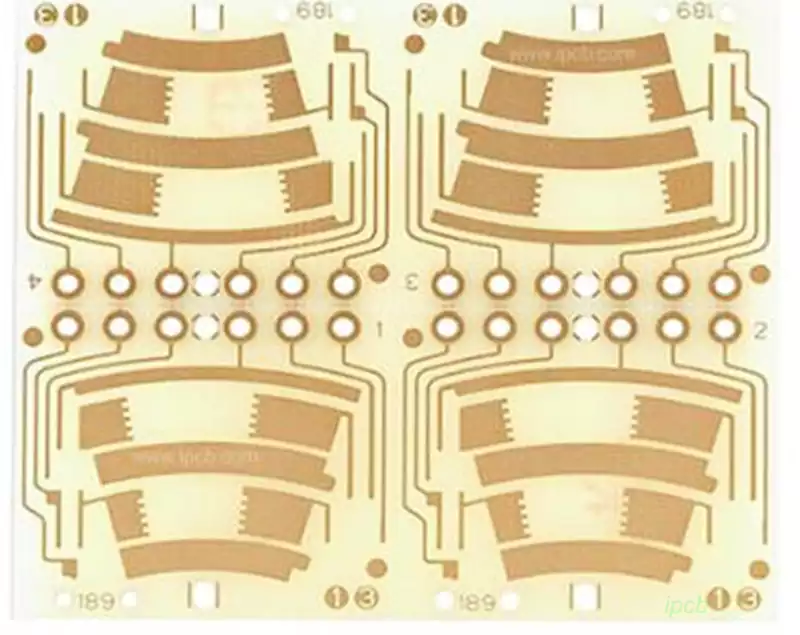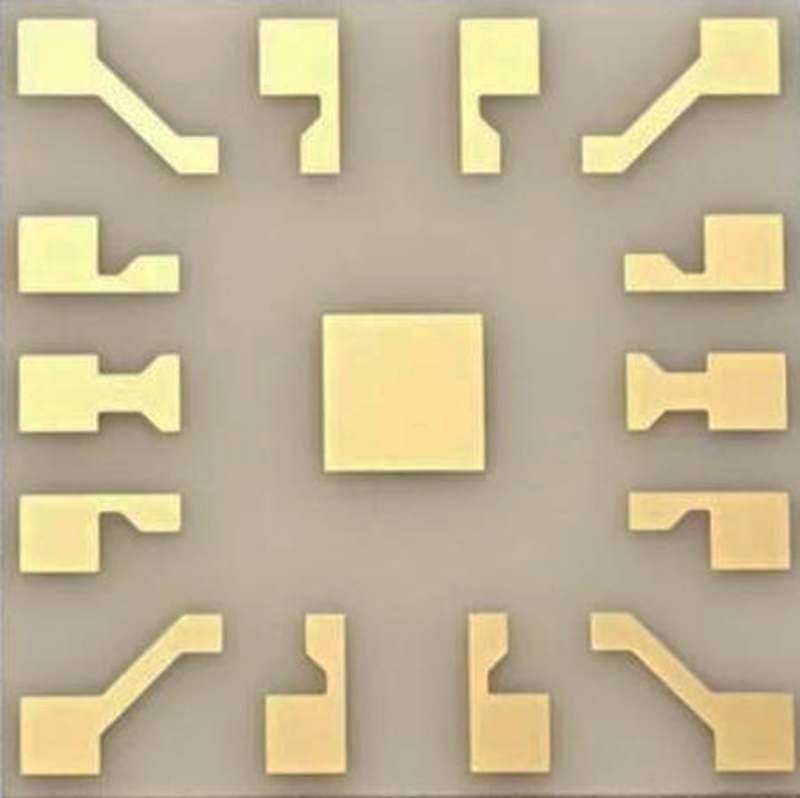Circuit board corrosion can be extremely harmful to printed circuit boards, and while there are many reasons why printed circuit boards can corrode, how to clean corroded circuit boards?
There are many ways to deal with corroded circuit boards, depending on the degree of corrosion and the specifics of the board. Common treatment methods include:
Chemical methods: the use of appropriate cleaning solutions for cleaning, commonly used cleaning solutions including NaOH, KOH, H2SO4, etc., but in the use of the concentration and immersion time to control the use of good, in order to avoid excessive cleaning damage to the circuit board, but also the use of electrolyte for electrochemical processing, remove the corrosion layer, the electrolyte can be a dilute acid, dilute alkali or salt solution.
Mechanical methods: the use of scrapers or sanders to remove the corrosion layer, this method will not change the electrical properties of the circuit board, but may cause some damage to the circuit board.
Physical methods: the use of alcohol or fiberglass pens to gently clean and repair the corrosion areas, for deeper corrosion, you can use the circuit leads to repair or replace the damaged circuit board components.
Preventive measures:To prevent the circuit board from corroding again, you can apply anti-corrosion coatings to its surface, as well as keep the board dry, use dry batteries, and keep the environment dry.
When handling corroded circuit boards, it is necessary to wear appropriate personal protective equipment, such as gloves and masks, to ensure safety, and at the same time, attention should be paid to environmental health and safety protection. If the corrosion is serious or the handling is complicated, it is better to seek professional help.

Precautions
1. Cleaning corroded pcb substrate requires the wearing of gloves and masks to prevent chemical irritation caused by human injury.
2. When cleaning corroded pwb, attention should be paid to the risk of chemical sensitization.
3. When cleaning, attention should be paid to safety to avoid electric shock or fire.
4. Corroded pcb plate should be removed from the equipment before cleaning to avoid damage to other parts.
In conclusion, cleaning corroded circuit boards is a task that requires great care. If you do not have the relevant experience and protective gloves and other tools, it is best to ask the technician to deal with. Of course, when cleaning, you also need to pay attention to environmental health and safety protection to ensure your safety and health.
How to repair a corroded circuit board
Repairing a corroded pcb board usually involves several steps, depending on the degree of corrosion and the type of board. Below are some possible repair steps:
Cleaning. Clean the corroded circuit board with alcohol or other solvents to remove surface stains and corrosion products.
Remove the corrosion layer. Use a fiberglass pen or polishing tool to remove the oxide layer and restore the board’s conductivity.
Repair broken circuits. For broken circuits caused by corrosion, you can use conductive adhesive or copper foil to connect the broken circuits.
Replace components. If the circuit board’s components are corroded, they may need to be replaced one by one.
Anti-corrosion treatment. Apply an anti-corrosion coating to the repaired circuit board to prevent further corrosion.
Testing. After completing the repair, perform a thorough test to ensure that the circuit board is functioning properly.
Note that if the corrosion is too deep, the entire board may need to be replaced. Always make sure that the power supply is completely disconnected before performing any repair work to avoid electrical hazards. If unfamiliar with circuit board repair, it is recommended to seek professional help.
Circuit board corrosion is a common problem in the maintenance of electronic equipment and is a potential threat to the stability and longevity of the equipment. Handling corroded circuit boards requires careful handling and selection of appropriate cleaning and repair methods to ensure that the boards are not further damaged during the cleaning and repair process.



